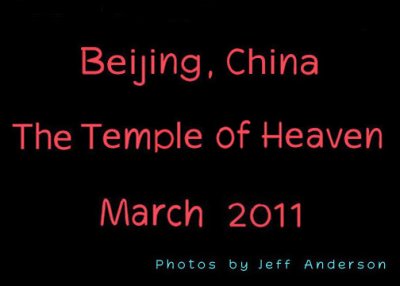
Beijing, China - The Temple of Heaven cover page. |
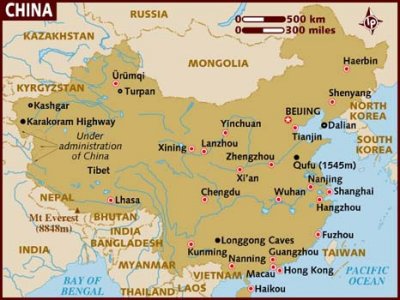
Map of China with the star indicating Beijing. |
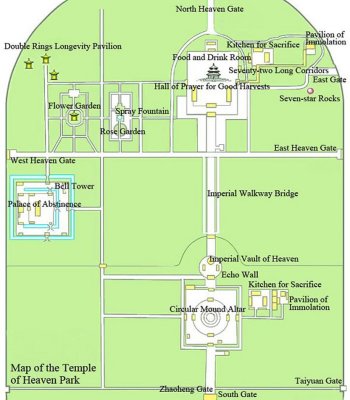
Map of the Temple of Heaven complex. |
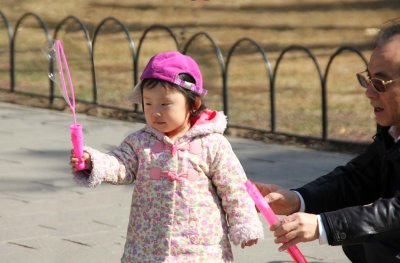
This cute Chinese girl was making bubbles at entrance of the Temple of Heaven in Beijing. |
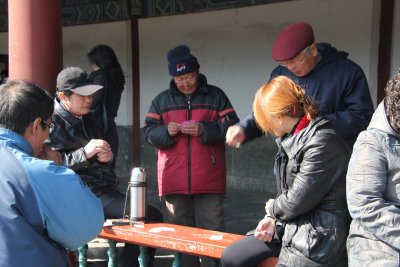
Men were playing mahjong along the long corridor that leads to the main temple grounds. |
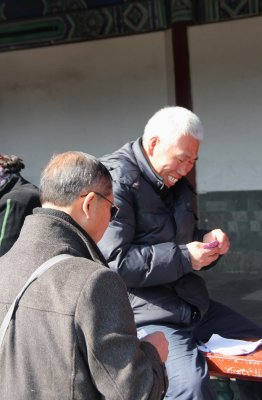
This old Chinese man must have had a good hand. |
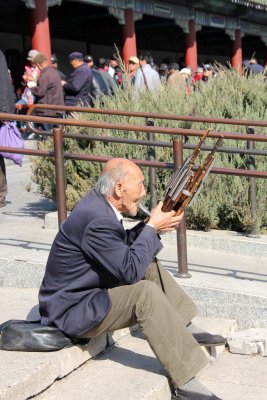
A Chinese musician was demonstrating his talents. |
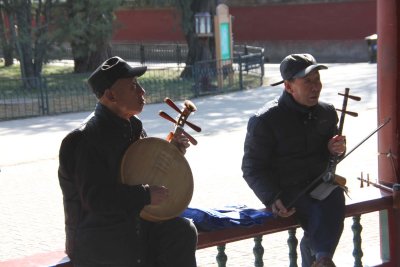
Two more musicians were playing in hopes of getting tips from the tourists. |
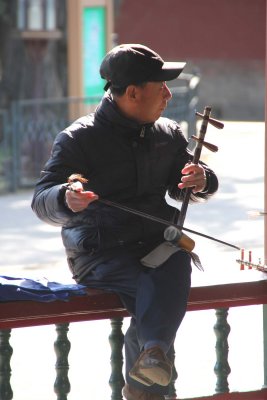
Close-up of one of the musicians with an unusual Chinese stringed instrument. |
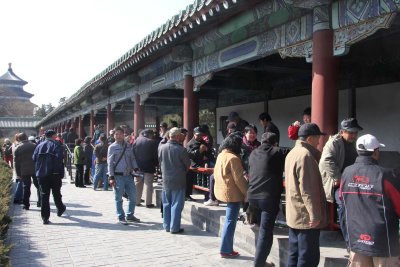
View of the long corridor where Chinese people and tourists were mulling around and relaxing. |
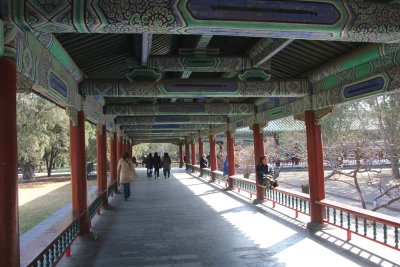
The long corridor continued to other parts of the Temple of Heaven. |
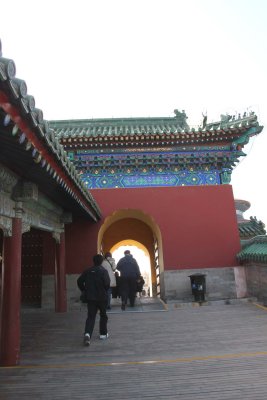
Arched doorway ahead that lead to the Hall of Prayer for Good Harvest. |
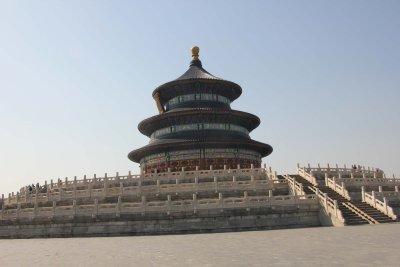
The Hall of Prayer for Good Harvest, is where emperors offered sacrifices to Heaven. It is made entirely of wood with no nails. |
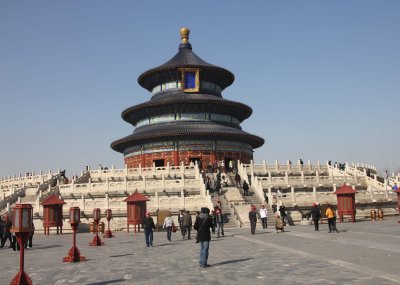
The original building burned from a lightening strike in 1889. It was rebuilt several years later. |
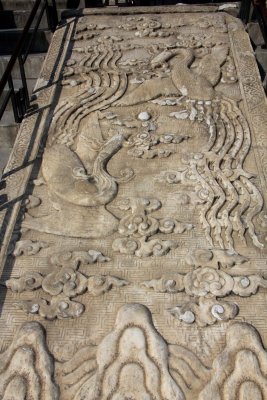
One of three magnificent stone carvings in the middle of one of the staircases leading up to the hall. |
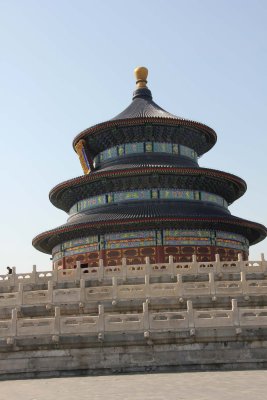
Close-up of the Hall of Prayer for Good Harvest. Most of the buildings in the Temple of Heaven complex are dome-shaped. |
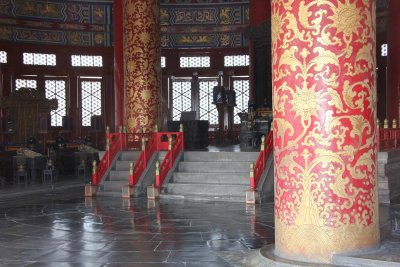
Interior of the hall. In addition to these ornate columns, there is a magnificent dome inside. |
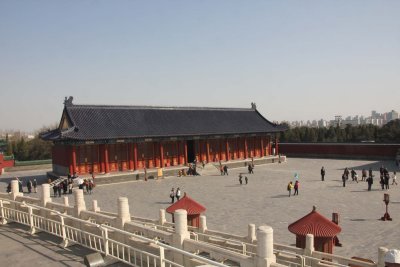
One of three main halls surrounding the courtyard of the of Hall of Prayer for Good Harvest. |
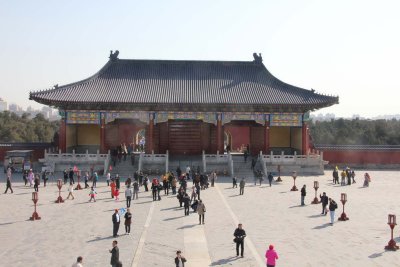
There were many tourists there. |

Domed doorway where I exited the courtyard of the Hall of Prayer for Good Harvest. |
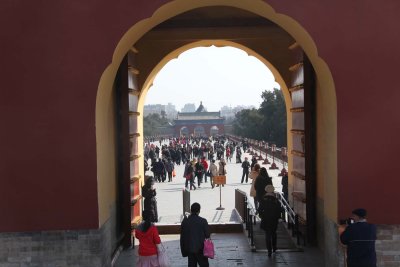
Approaching it, the Imperial Walkway was visible. |
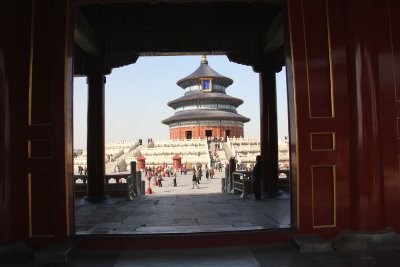
View from the other side of the doorway looking back at the Hall of Prayer for Good Harvest. |
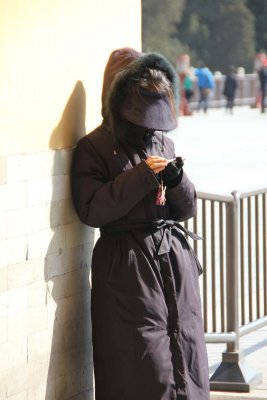
As I exited, I saw this mysterious-looking, hooded Chinese girl checking her cell phone. |
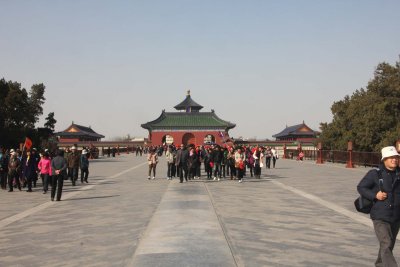
View looking down the Imperial Way with many groups of tourists. |
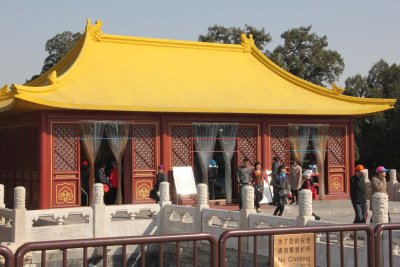
Danby Bridge starting point at the Imperial Walkway. It connects the Altar of Circular Mound to the Altar of Prayer for Grains. |
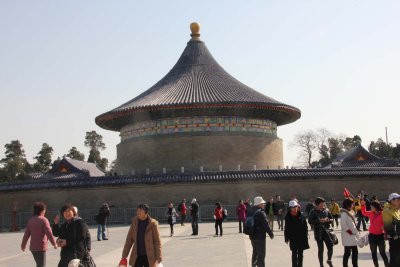
Rear view of the of the Imperial Vault of Heaven. The arched roof symbolizes that heaven is supreme. |
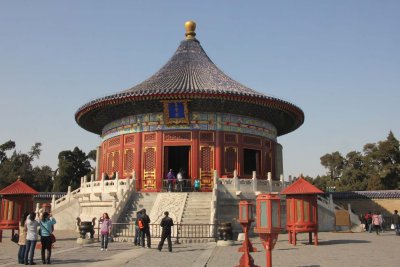
Front view of the Imperial Vault of Heaven. The round wall surrounding it is the Echo Wall. It reflects sound all around it. |
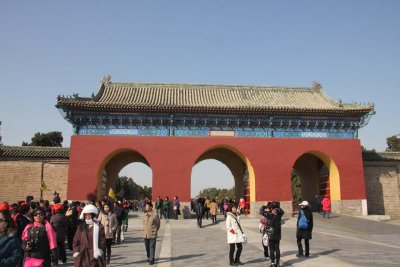
Further down the Imperial Way is one of several arched gates. |
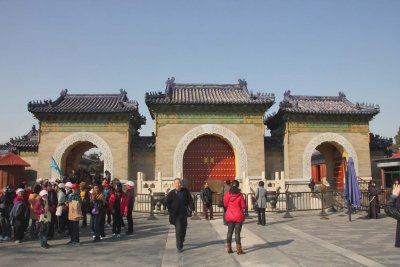
This interesting arched gate along the Imperial Way has red double doors with ornate brass knockers. |
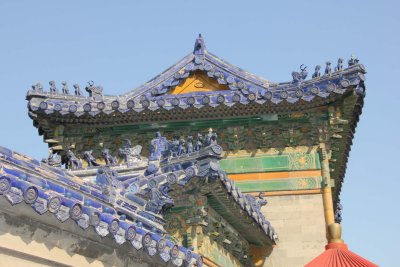
Details of the gate's roofline with blue animals. Generally, the more animals there are, the more important the structure is. |
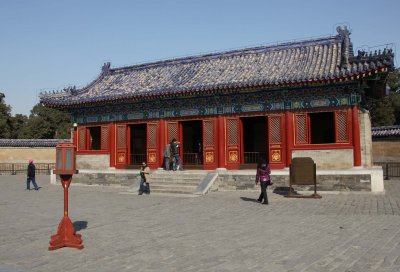
Front of the West Annex Hall of the Celestial Warehouse, built in 1530 during the Ming Dynasty by Emperor Jiajing. |
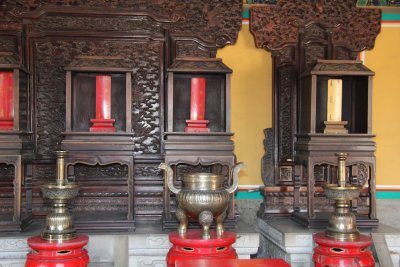
Interior of the West Annex Hall. Divine tablets are kept there for the gods of the moon, clouds, rain, wind and thunder. |
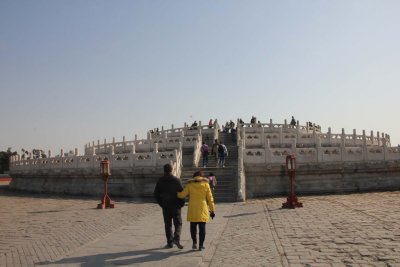
View of the Circular Mound Altar, which was built in 1530 during the Ming Dynasty by Emperor Jiajing. |
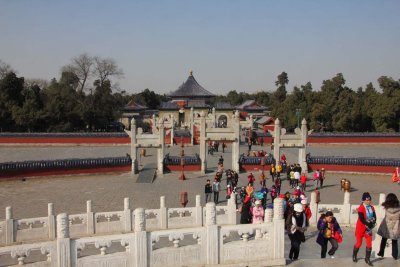
The altar served as a place for holding ceremonies to worship heaven at the winter solstice every year. |
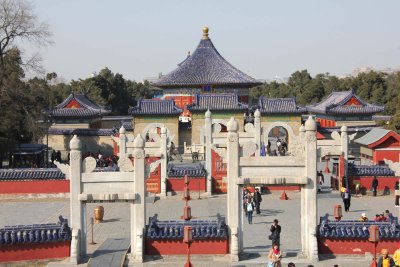
View from the Circular Mound Altar. Its balusters and steps are either 9 or divisible by 9, symbolizing the 9 layers of heaven. |
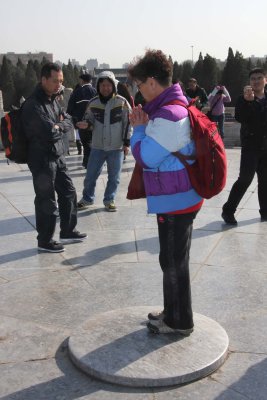
The round slate in the center of the altar is called the "Heart of Heaven." It is where the Emperor prayed for good weather. |
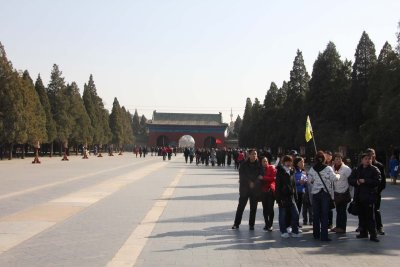
South of the Circular Mound Altar is the arched Zhaoheng Gate where I exited from the Temple of Heaven complex. |
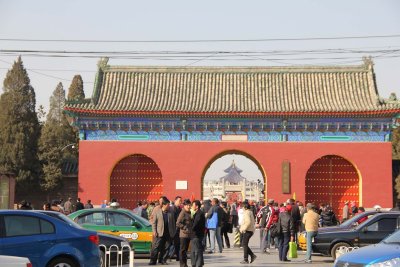
View from the other side of the doorway looking back at the Circular Mound Altar and the Temple of Heaven grounds. |
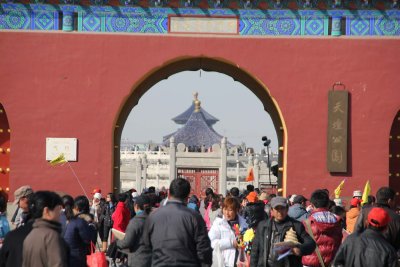
Close-up of the arched door of the gate looking back into the Temple of Heaven. |











